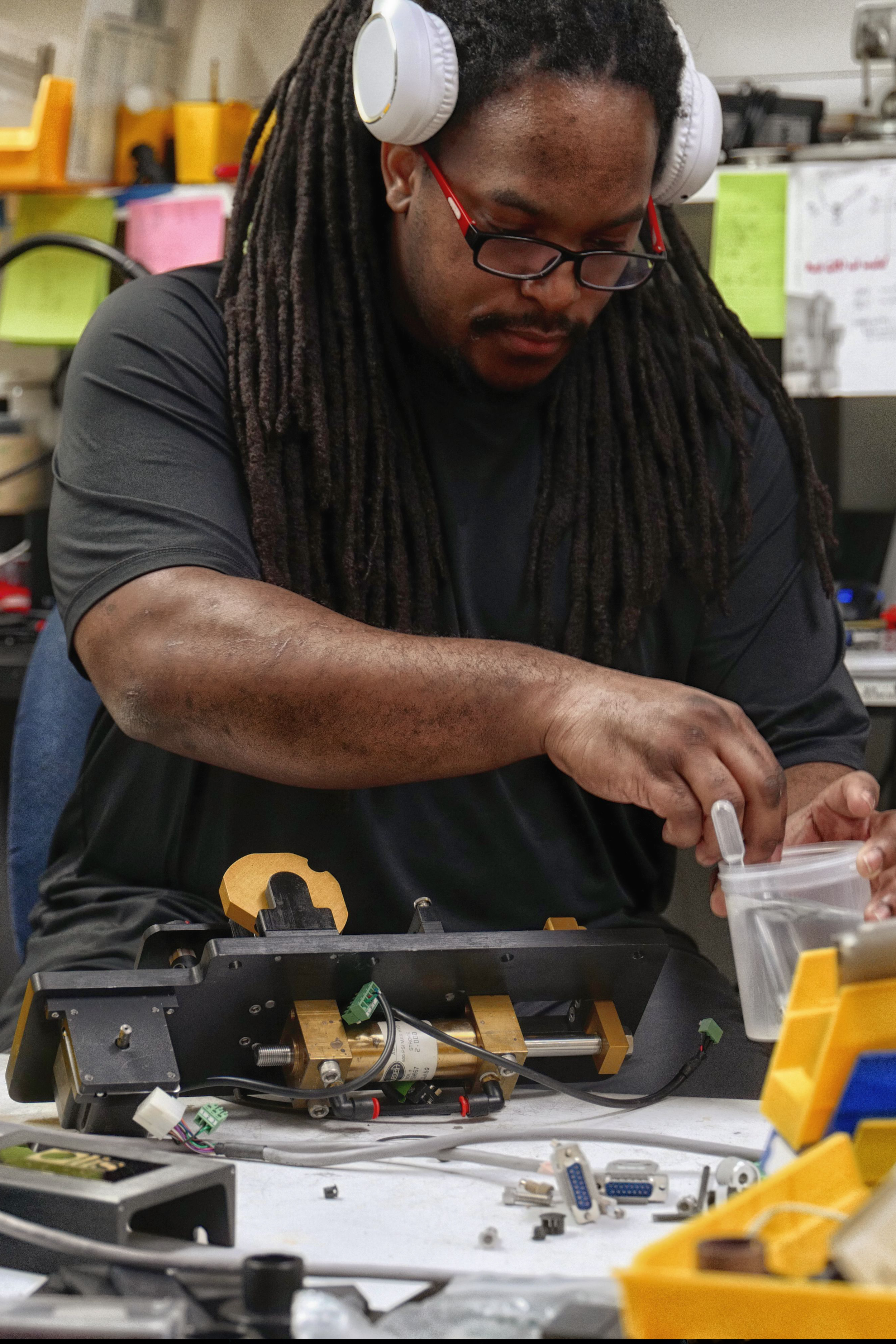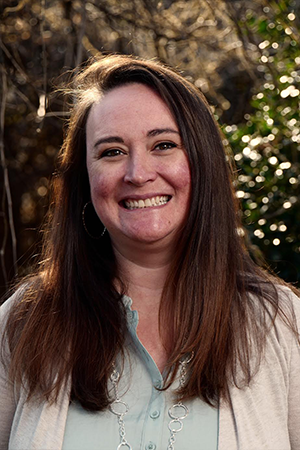Things about Circularly Polarized Luminescence
Things about Circularly Polarized Luminescence
Blog Article
Not known Incorrect Statements About Uv/vis/nir
Table of ContentsThe Basic Principles Of Uv/vis/nir Not known Facts About Uv/visCircularly Polarized Luminescence for DummiesThe Greatest Guide To SpectrophotometersGetting My Circular Dichroism To WorkThe Spectrophotometers DiariesThe smart Trick of Circular Dichroism That Nobody is Talking About8 Easy Facts About Uv/vis DescribedFascination About Uv/visCircularly Polarized Luminescence for DummiesLittle Known Questions About Circular Dichroism.What Does Uv/vis Mean?What Does Circular Dichroism Do?
It is then scanned through the sample and the recommendation solutions. Portions of the incident wavelengths are sent through, or reflected from, the sample and the referral. Electronic circuits transform the relative currents into linear transmission portions and/or absorbance/concentration values.The transmission of a referral compound is set as a baseline (datum) value, so the transmission of all other substances are taped relative to the initial "zeroed" compound. The spectrophotometer then converts the transmission ratio into 'absorbency', the concentration of particular parts of the test sample relative to the initial compound.
Considering that samples in these applications are not readily available in big quantities, they are especially matched to being analyzed in this non-destructive method. In addition, precious sample can be saved by making use of a micro-volume platform where as little as 1u, L of sample is required for total analyses. A brief description of the treatment of spectrophotometry includes comparing the absorbency of a blank sample that does not include a colored substance to a sample which contains a colored substance.
7 Easy Facts About Circular Dichroism Explained
In biochemical experiments, a chemical and/or physical residential or commercial property is selected and the procedure that is used specifies to that residential or commercial property in order to derive more information about the sample, such as the amount, purity, enzyme activity, and so on. Spectrophotometry can be used for a variety of strategies such as identifying optimal wavelength absorbance of samples, identifying optimum p, H for absorbance of samples, determining concentrations of unidentified samples, and identifying the p, Ka of various samples.: 21119 Spectrophotometry is also a valuable procedure for protein purification and can also be used as an approach to produce optical assays of a compound.
It is possible to understand the concentrations of a two part mix using the absorption spectra of the basic options of each component. To do this, it is required to know the termination coefficient of this mixture at two wave lengths and the termination coefficients of options that contain the known weights of the two elements.

The 6-Minute Rule for Uv/vis/nir
Most spectrophotometers are used in the UV and noticeable areas of the spectrum, and a few of these instruments also operate into the near-infrared area as well. The concentration of a protein can be estimated by determining the OD at 280 nm due to the existence of tryptophan, tyrosine and phenylalanine (https://www.artstation.com/julieanndesalorenz1/profile).
This approach requires a spectrophotometer capable of determining in the UV region with quartz cuvettes.: 135 Ultraviolet-visible (UV-vis) spectroscopy includes energy levels that thrill electronic transitions. Absorption of UV-vis light delights molecules that are in ground-states to their excited-states.
These curves can be utilized to check a brand-new batch of colorant to examine if it makes a match to specifications, e
Traditional visible region spectrophotometers can not detect if find colorant or the base material has product. This can make it difficult to manage color issues if for example one or more of the printing inks is fluorescent. There are two major setups for visual spectrum spectrophotometers, d/8 (spherical) and 0/45.
Scientists use this instrument to determine the quantity of substances in a sample. In the case of printing measurements two alternative settings are commonly used- without/with uv filter to manage much better the impact of uv brighteners within the paper stock.
Everything about Uv/vis/nir
Some applications require small volume measurements which can be carried out with micro-volume platforms. As explained in the applications area, spectrophotometry can be used in both qualitative and quantitative analysis of DNA, RNA, and proteins. Qualitative analysis can be used and spectrophotometers are used to tape-record spectra of compounds by scanning broad wavelength regions to identify the absorbance residential or commercial properties (the strength of the color) of the compound at each wavelength.

The smart Trick of Circularly Polarized Luminescence That Nobody is Talking About
One major element is the type of photosensors that are offered for various spectral areas, but infrared measurement is likewise challenging since essentially whatever produces IR as thermal radiation, especially at wavelengths beyond about 5 m. Another complication is that many materials such as glass and plastic absorb infrared, making it incompatible as an optical medium.
Recovered Dec 23, 2018. Fundamental Lab Methods for Biochemistry and Biotechnology (2nd ed.). The essential guide to analytical chemistry.
Oke, J. B.; Gunn, J. E.
The 6-Minute Rule for Uv/vis

Ninfa AJ, Ballou DP, Benore M (2015 ). Basic Lab Techniques for Biochemistry and Biotechnology (3, rev. ed.). circular dichroism. Laboratory Equipment.
Get This Report about Circularly Polarized Luminescence
Obtained Jul 4, 2018. Trumbo, Toni A.; Schultz, Emeric; Borland, Michael G.; Pugh, Michael Eugene (April 27, 2013). "Applied Spectrophotometry: Analysis of a Biochemical Mix". Biochemistry and Molecular Biology Education. 41 (4 ): 24250. doi:10. 1002/bmb. 20694. PMID 23625877. (PDF). www. mt.com. Mettler-Toledo AG, Analytical. 2016. Obtained Dec 23, 2018. Cortez, C.; Szepaniuk, A.; Gomes da Silva, L.
"Exploring Proteins Purification Methods Animations as Tools for the Biochemistry Mentor". Journal of Biochemistry Education. 8 (2 ): 12. doi:. Garrett RH, Grisham CM (2013 ). Biochemistry. Belmont, CA: Cengage. p. 106. ISBN 978-1133106296. OCLC 801650341. Vacation, Ensor Roslyn (May 27, 1936). "Spectrophotometry of proteins". Biochemical Journal. 30 (10 ): 17951803. doi:10. 1042/bj0301795.
PMID 16746224. Hermannsson, Ptur G.; Vannahme, Christoph; Smith, Cameron L. C.; Srensen, Kristian T.; Kristensen, Anders (2015 ). "Refractive index dispersion sensing using a variety of photonic crystal resonant reflectors". Applied Physics Letters. 107 (6 ): 061101. Bibcode:2015 Ap, Ph, L. 107f1101H. doi:10. 1063/1. 4928548. S2CID 62897708. Mavrodineanu R, Schultz JI, Menis O, eds.
8 Simple Techniques For Uv/vis
U.S. Department of Commerce National Bureau of Standards special publication; 378. Washington, D.C.: U.S. National Bureau of Standards. p. 2. OCLC 920079.
The process starts with a controlled light that lights up the analyzed sample. In the case of reflection, as this light communicates with the sample, some is absorbed or given off. The released light journeys to the detector, which is evaluated, quantified, and presented as industry-standard color scales and indices.
Industry governing bodies usually specify particular metrics for specific products, such as Tomato and Coffee indices. The streamlined mathematics appears like this: Where R is the reflection coefficient. All terms are assessed over the visible spectrum from 400 to 700 nm. In the case of transmission, when the light interacts with the sample, it is either absorbed, reflected, or transmitted.
How Spectrophotometers can Save You Time, Stress, and Money.
Examples include APHA (American Public Health Association) for watercolor and pureness analysis, ASTM D1500 for petrochemical color analysis, edible oil indices utilized in food, and color analyses of beverages. All terms are evaluated over the noticeable spectrum from 400 to 700 nm.
Image Credit: Matej Kastelic/ Dr. Arnold J. Beckman and his associates at the National Technologies Laboratories first developed the spectrophotometer in 1940. In 1935 Beckman founded the company, and the discovery of the spectrophotometer was their most ground-breaking development.
How Uv/vis/nir can Save You Time, Stress, and Money.
Over time, scientists kept enhancing the spectrophotometer design to boost its performance. The UV capabilities of the design B spectrophotometer were improved by replacing the glass prism with a quartz prism.
After 1984, double-beam variations of the device were created. The addition of external software application with the provision of onscreen display screens of the spectra can be found in the 1990s. Normally, a spectrophotometer is made up of 2 instruments, namely, a spectrometer and a photometer. A standard spectrophotometer includes a light source, a monochromator, a collimator for straight beam transmission, a cuvette to put a sample, and a photoelectric detector.
The Definitive Guide to Uv/vis
There are different types of spectrophotometers in various shapes and sizes, each with its own purpose or functionality. A spectrophotometer identifies how much light is shown by chemical components. circular dichroism. It determines the difference in light intensity based upon the overall amount of light introduced to a sample and the quantity of beam that goes through the sample option
A spectrophotometer is used to identify the concentration of both colorless and colored solutes in an option. This instrument is utilized to determine the rate of a response.
Report this page